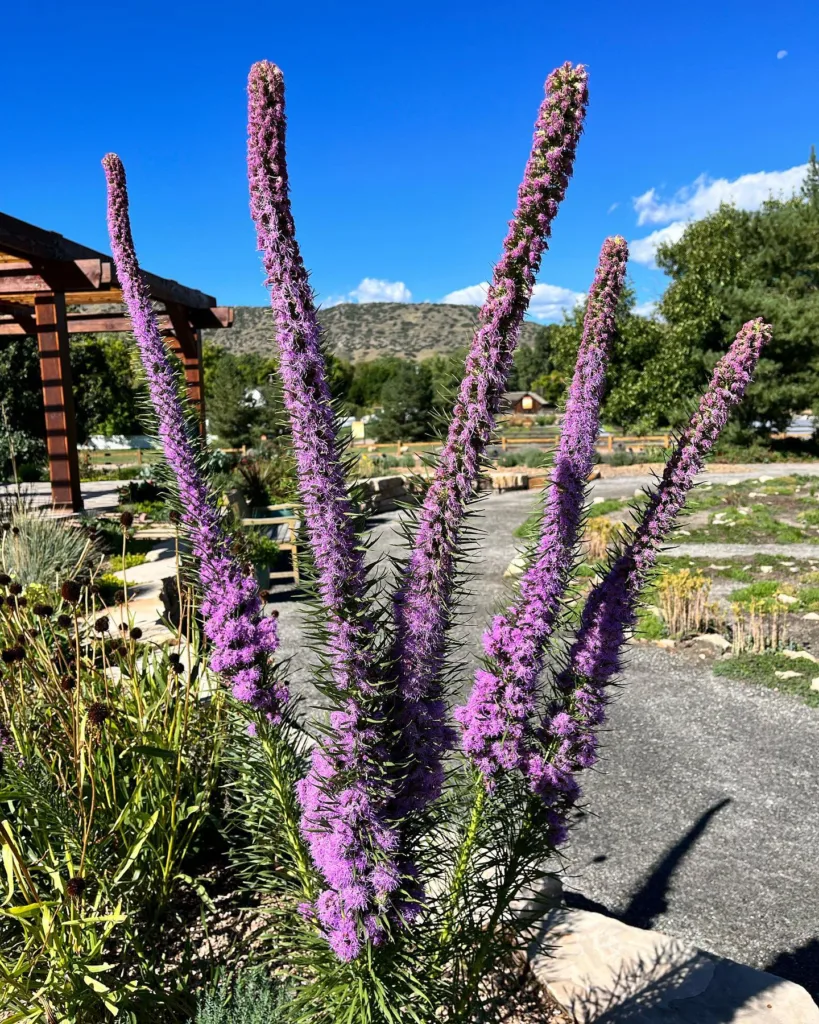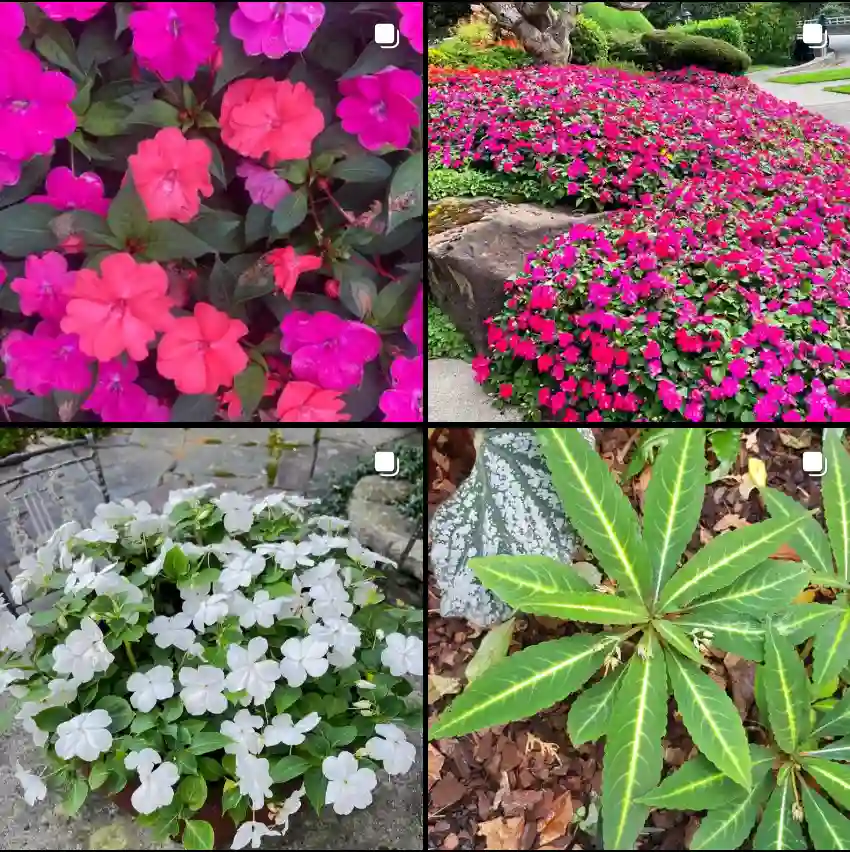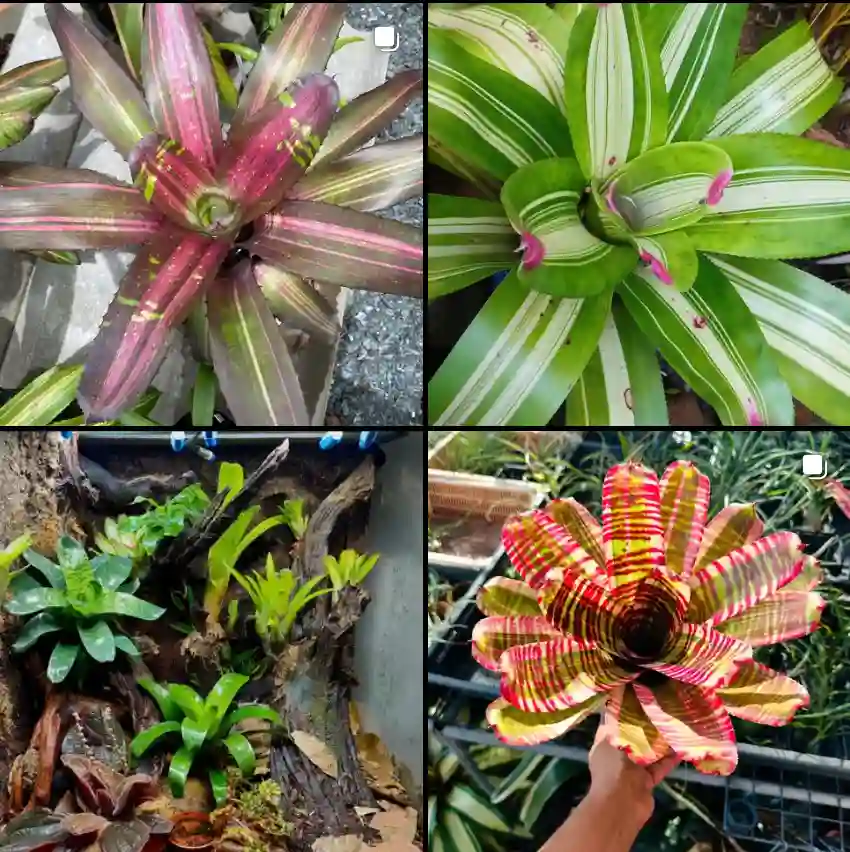What Is Petasites Japonicus?
Petasites Japonicus, commonly known as Japanese Butterbur, is a robust perennial plant native to East Asia. It’s renowned for its large, heart-shaped leaves and impressive, early spring flowers. In its natural habitat, it thrives in moist, shaded environments, often found near streams or in dense woodlands.
22 Species in Genus Petasites
How to Grow Petasites Japonicus?
Growing Petasites Japonicus is relatively straightforward if you provide the right conditions. Here’s how to cultivate this hardy plant:
- Location: Choose a spot that mimics its natural environment—partially shaded with moist, well-draining soil. It’s adaptable but prefers a damp location.
- Soil Preparation: Enrich the soil with organic matter to ensure it remains moist but not waterlogged. Petasites Japonicus doesn’t tolerate drought well.
- Planting: Space plants about 18-24 inches apart to allow for their broad spread. In cooler climates, consider planting in early spring or late fall to give them a head start.
- Watering: Regular watering is essential, especially during dry spells. Keep the soil consistently moist but not soggy.
- Fertilization: Apply a balanced fertilizer in early spring to support vigorous growth.
How to Harvest Petasites Japonicus?
Harvesting Petasites Japonicus can be done for various purposes, including culinary and medicinal uses. Here’s a simple guide:
- Timing: The best time to harvest is in early spring before the plant flowers. This is when the leaves are most tender and flavorful.
- Method: Use sharp scissors or pruning shears to cut the leaves and stems. Be sure to leave some foliage behind to allow the plant to continue growing.
- Processing: Wash thoroughly to remove any dirt or debris. For culinary use, you might want to blanch the leaves briefly before consuming.
Where Can I Buy Petasites Japonicus?
You can purchase Petasites Japonicus from several sources:
- Nurseries and Garden Centers: Check local garden centers or specialty nurseries that carry a range of perennials. They often have plants suited for your local climate.
- Online Retailers: Websites like Amazon, Etsy, or dedicated plant nurseries offer Petasites Japonicus. Ensure you buy from reputable sellers to get healthy plants.
- Plant Exchanges and Sales: Look for local plant swaps or sales where gardeners share or sell plants. This can be a great way to find Petasites Japonicus and other interesting species.
How to Care for Petasites Japonicus?
Proper care ensures your Petasites Japonicus remains healthy and vibrant:
- Mulching: Apply mulch around the base to retain moisture and suppress weeds. This is particularly beneficial in the hotter months.
- Pruning: Remove any dead or damaged leaves throughout the growing season to encourage new growth.
- Pest Management: Keep an eye out for common pests like slugs and snails, which can be managed with natural predators or barriers.
How to Propagate Petasites Japonicus?
Propagating Petasites Japonicus can be done through division or seeds:
- Division: In early spring or fall, divide the root clumps to create new plants. Ensure each division has a healthy root system.
- Seeds: Sow seeds in a cold frame or indoor seed tray. Keep the soil moist and provide a cool, shaded location until germination.
What to Plant With Petasites Japonicus?
Petasites Japonicus pairs well with other shade-loving plants. Consider these companions:
- Hostas: Their foliage complements the large leaves of Petasites Japonicus.
- Ferns: Create a lush, woodland feel with different fern varieties.
- Astilbe: Adds color and texture to the shaded garden space.
Can You Grow Petasites Japonicus Indoors?
Petasites Japonicus is best suited for outdoor growing due to its size and light requirements. However, if you have a very large indoor space with adequate lighting and humidity, it might be possible to grow it in a container. Just ensure it receives enough light and moisture.
Is Petasites Japonicus Toxic?
Petasites Japonicus is not generally considered toxic to humans. However, it’s wise to avoid ingestion of large quantities, as some compounds in the plant can cause digestive upset. Always consult a healthcare professional if you have concerns about its use.
Benefits of Petasites Japonicus
Petasites Japonicus offers several benefits:
- Medicinal Uses: Traditionally used in various cultures for its anti-inflammatory and analgesic properties.
- Ornamental Value: Adds dramatic foliage and early spring blooms to gardens.
- Ecological Benefits: Helps stabilize soil and provides habitat for local wildlife.
Common Problems with Petasites Japonicus
Petasites Japonicus can face a few issues:
- Overwatering: Too much moisture can lead to root rot. Ensure proper drainage.
- Pests: Watch for pests like aphids or mites that may affect the foliage.
- Disease: Fungal diseases can occur, especially in overly wet conditions. Ensure good air circulation and avoid overhead watering.
Comparison with Similar Plants
Petasites Japonicus is often confused with other large-leaved perennials. Here’s how it stacks up:
- Gunnera Manicata: Both have large leaves, but Gunnera is much larger and more tropical in appearance.
- Rheum Palmatum (Chinese Rhubarb): While similar in leaf shape, Petasites Japonicus is more shade-tolerant and hardy in cooler climates.
By understanding these aspects of Petasites Japonicus, you can better appreciate and care for this unique and versatile plant in your garden.
If i die, water my plants!



